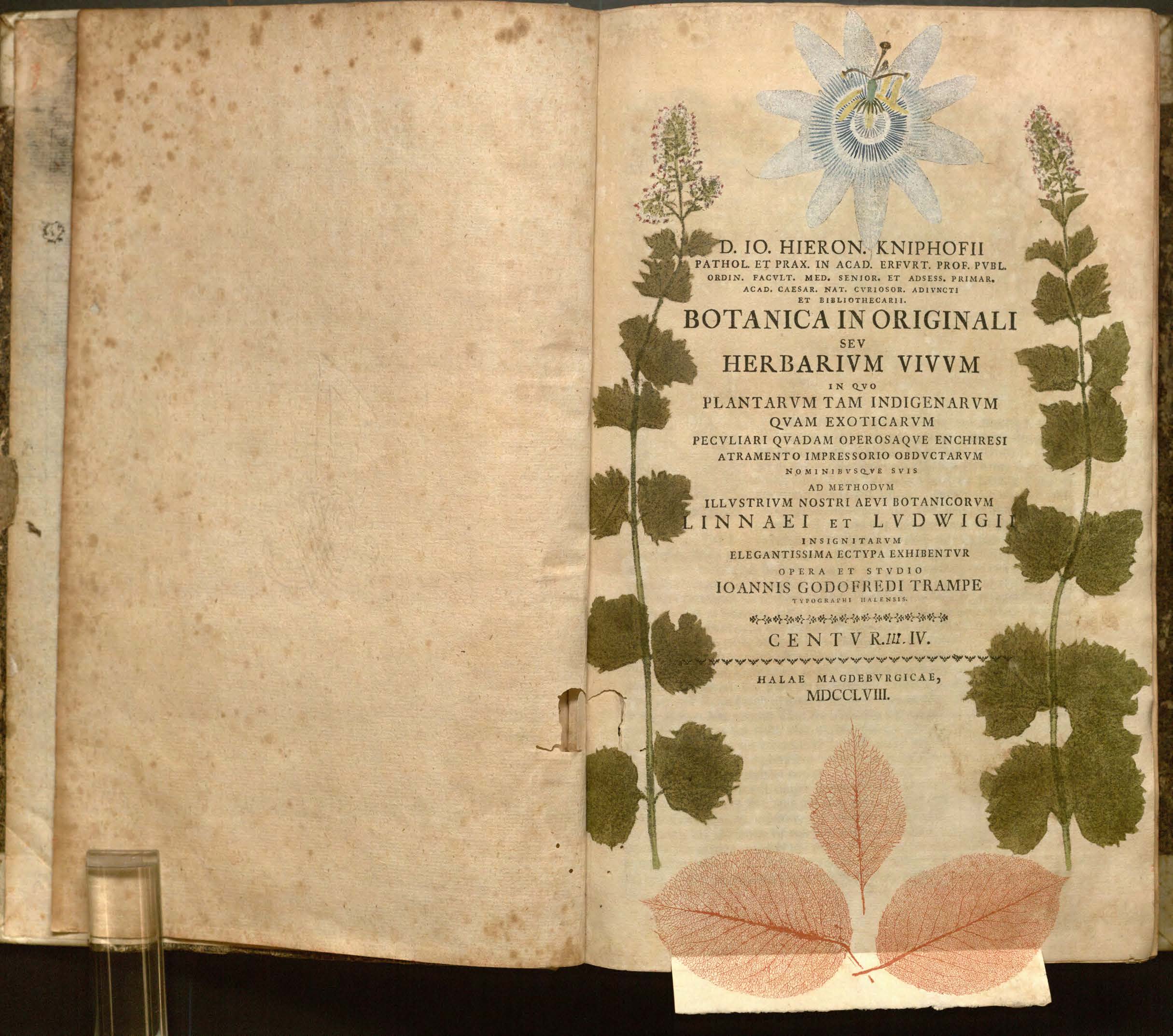Love Apples: Guess the Fruit
March 30th, 2015The first fruits (berries, botanically speaking) of these vines to be eaten in Europe were probably yellow varieties: “golden apples” the Italians called them. The Italians loved them, but the rest of the world needed more convincing of their merits because they were thought to be either poisonous or aphrodisiac “love apples”, not too surprising considering their resemblance to other dangerous members of the same plant family.
At any rate, as late as the nineteenth century in America Dr. George Washington Carver, interested in improving nutrition among the poor, got up on a stage and ate these in public in order to prove that they were not poisonous.
In the annals of medical mysteries there was a case involving one of these ‘berries’ that killed off some folks; mystery solved when it was discovered that its stems had been spliced to the stems of one of the poisonous members of the family, jimsonweed, not with any mal-intent (pun intended), apparently, just the desire for bigger, better, and juicier.
They should have waited; genetic engineers are now splicing away, but at the genetic level. But … caveat emptor: in 1992, just prior to the mounting of the Haunted Forest exhibition in which this label originally appeared, the first President Bush announced that the government would allow the sale, without government testing – by 1993 – of the Flavr Savr, courtesy of Calgene, Inc. of Davis, California. Long story short, the experiment failed: rising costs prevented the company from becoming profitable, and the Flavr Savr was gone by 1997.
Have you guessed the identity of the fruit whose vine is pictured below?
The name of this common berry is… TOMATO (highlight the blank space to the left to reveal the plant’s name).
Our mystery berry: Solanum Lycopersicum. Johann Hieronymus Kniphof (1704-1763). Botanica in originali
seu Herbarum vivum. Hallae Magdeburgicae, 1757-1767. Centur. 4, 1758. Linnaeana E15 Click image to enlarge.
This unusual-looking botany book is one of the earliest, if not the first work of any extent, to use the process known as nature printing, by which a plant is laid out flat, blackened with printer’s ink, and placed between two pieces of paper to which pressure is applied. The ink imparts an impression of veins and fibers which is then colored by hand. Like a number of the works shown in this exhibition, this is one of considerable bibliographical complexity and it exists in fewer than fifteen copies, not all of which are colored and no two appear to be alike. This herbarum vivum is notable for being perhaps the first botanical plate book to cite Linnaeus’s Species plantarum, 1753, in which binomials were first used consistently for naming plants.
Title page for Centur III-IV of Kniphof’s Botanica in originali seu Herbarum vivum.
Hallae Magdeburgicae, 1757-1767. Linnaeana E15 Click image to enlarge.
Sally Haines
Rare Books Cataloger
Adapted from her Kenneth Spencer Research Library exhibit, The Haunted Forest: New World Plants & Animals (1992).


